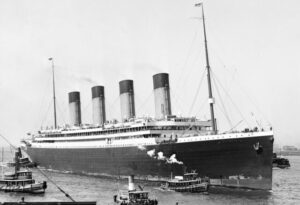10 Common Water-Wasting Habits You Must Stop Today
Brutal summers aren’t just a fluke anymore—they’ve become the terrifying norm. From Phoenix to Mumbai, scorching heatwaves and crippling droughts are rewriting what “summer” even means. The American Southwest isn’t just battling the heat; cities are rationing water like wartime supplies. And here’s the kicker: since 2000, almost every U.S. state has faced drought conditions. This isn’t just a local crisis—it’s a global pattern playing out from Spain to Australia.
You’d think we’d treat water like liquid gold, right? But no. Humans have a weird talent for shooting themselves in the foot. We let pristine drinking water vanish into leaky pipes, dump millions of gallons on thirsty lawns in deserts, and act shocked when reservoirs turn to dust. The waste isn’t just careless—it’s borderline unimaginable. Picture this: a single dripping faucet can waste over 3,000 gallons a year. Now scale that up to entire cities. Yikes.
What’s wild is how oblivious we are. We’ll panic over Wi-Fi outages but shrug as vanishing water supplies threaten entire regions. Maybe it’s time to rethink our priorities—before the taps run dry.
10. Shocking Water Use: A Single Farm Outuses All of Las Vegas
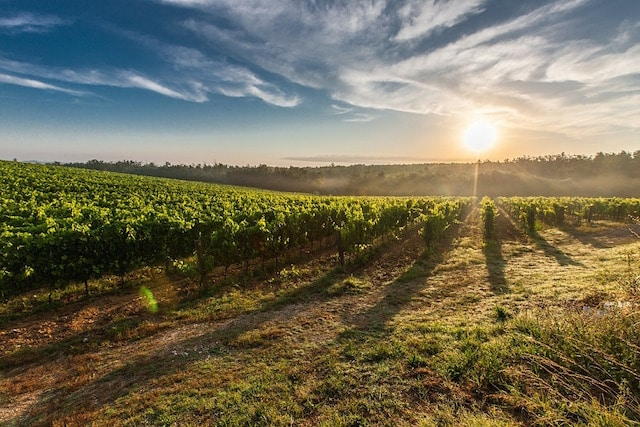
We all know farms need water—that’s just common sense. Whether it’s crisp lettuce, juicy apples, or even a steak dinner, water is the invisible ingredient in everything we eat. But here’s the mind-blowing part: some farms don’t just use water… they guzzle it like there’s no tomorrow. And the worst part? We’re letting it happen.
Take the Abbati family, for example. In 2023, investigators found that this single farming dynasty used more water than the entire Las Vegas Valley. Let that sink in. One family. More water than a city of 2.3 million people. How much, exactly? Try 260,000 acre-feet. If that number means nothing to you, here’s the kicker: one acre-foot equals 326,000 gallons. Do the math—that’s 84.7 billion gallons. Meanwhile, Vegas got by on just 200,000 acre-feet.
But the Abbati family isn’t alone. In California’s Imperial Irrigation District, 20 powerful farming clans use more water than 300 smaller farms combined. In 2022, they sucked up 387 billion gallons—mostly to grow hay for livestock. And guess what? A chunk of that hay gets shipped overseas, meaning we’re literally exporting water for pennies. (Farmers pay just $20 per acre-foot—less than a fancy coffee.)
The real kicker? These water rights were locked in a century ago. Today’s mega-farmers are great-grandkids of the original dealmakers, so they still get bottomless water—even as lakes and rivers dry up. Talk about a rigged system.
9. It Takes 3 Gallons of Water to Produce a Single Almond
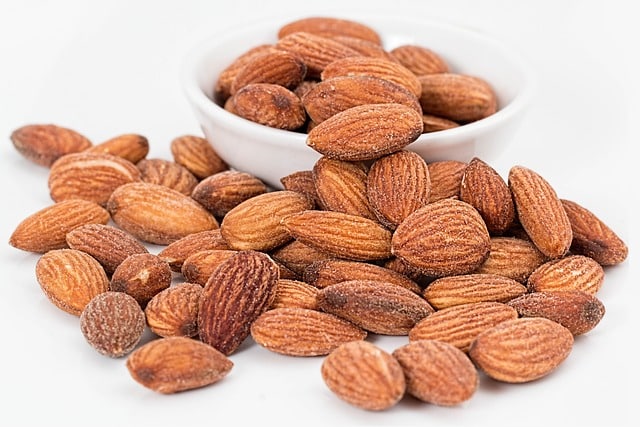
Sometimes you crave almonds. Sometimes you don’t. But here’s something you always should crave—knowing what that handful of nuts really costs. Because behind every crunchy bite? A hidden flood of water.
Let’s break it down: A single almond drinks up over three gallons of water to grow. Sounds wild? It gets crazier. One pound of almonds = ~400 nuts. One tree pumps out 50-65 lbs. Do the math: 20,000 nuts per tree = 60,000 gallons of water. Now zoom out. A typical orchard yields 4,500 lbs? That’s 5.4 million gallons. Multiply that by California’s 7,600 almond farms, and—hold on—41 BILLION gallons vanish into almond groves yearly.
Here’s the kicker: 70% of those almonds get exported. The water used to grow them could keep all of Los Angeles hydrated for three years. Let that sink in. Almonds alone gulp 10% of California’s water—more than LA and San Francisco combined.
But before you side-eye your almond milk latte, remember: corn’s no saint either. Growing one pound sucks up 110 gallons. And in 2022-2023, the U.S. churned out 346 million tons of it. Suddenly, that ear of summer corn doesn’t seem so innocent, huh?
8. Golf’s Dirty Little Secret: The Shocking Truth About Those Perfect Greens

You know golf courses guzzle water—but do you know how much? Buckle up. The world’s fairways and greens drain 2 billion gallons daily. Not yearly. Not monthly. Daily. Let that sink in while you line up your putt.
Here’s where it gets wild: America’s 16,000+ courses (over half the planet’s total) are the thirstiest offenders. Your average course sucks down 312,000 gallons per day—enough to fill five Olympic pools weekly. But desert courses? Oh, they’re next-level. Palm Springs’ emerald oases burn through 1 million gallons daily just to stay photogenic.
Picture this: While drought-stricken towns ration showers, a single golf hole drinks a family’s yearly water supply in hours. The irony? Those pristine greens often exist where water’s scarcest.
7. The Dirty Truth About Your “Clean” Water: Reverse Osmosis Waste Will Shock You
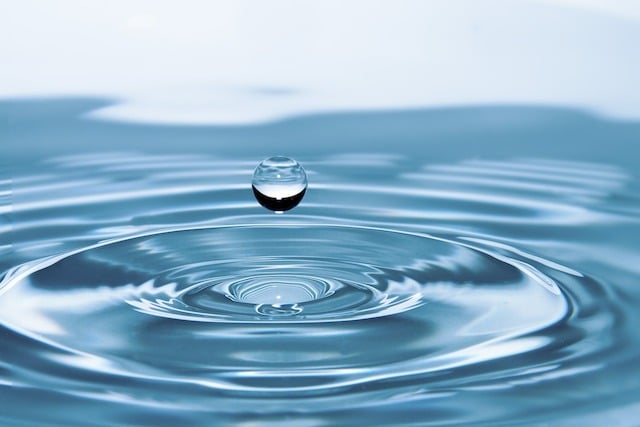
We all want crisp, clean water—no one’s sipping murky gunk for fun. That’s why reverse osmosis systems have become the gold standard for purity. They work like microscopic bouncers, forcing water through a super-fine membrane that blocks contaminants while letting only pristine H2O through. The result? Water so clean it practically sparkles.
But here’s the kicker: that spotless glass comes with a hidden cost—a flood of waste.
Even the best systems waste 5 gallons for every 1 gallon of clean water produced. Some older models? A jaw-dropping 20:1 ratio—imagine dumping 20 bottles to drink just one. Sure, newer “1:1” models exist, but they’re rare, pricey, and still not perfect.
Think about it: Every time you fill your glass, enough water to flush a toilet twice might vanish down the drain. In drought-prone areas, that’s not just inefficient—it’s borderline outrageous.
6. Up to 37 Gallons Go Into Making a Single Roll of Toilet Paper
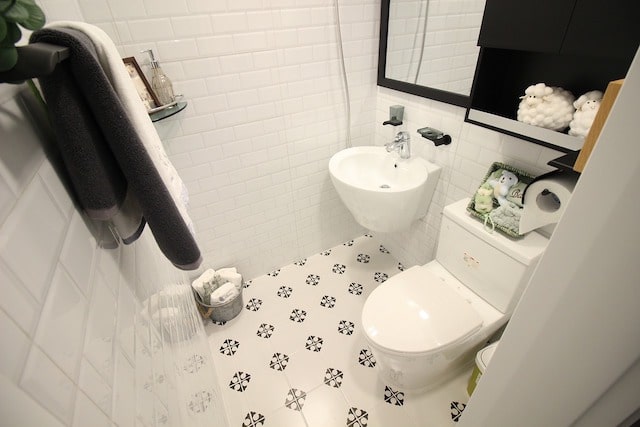
Toilet paper is one of the most bizarre products in the world. You pay good money for it, and these days you pay a lot, knowing full well exactly what’s going to happen to it sooner or later. While TP is king in North America, many places elsewhere choose bidets. Some Americans argue that’s a waste of water, but is it? Is there an upside to toilet paper?
Toilet paper use in America is the equivalent of pulping 15 million trees. Worse, it requires 473,587,500,000 gallons of water to make that paper, or about 37 gallons per roll. A bidet would not, in fact, take up 37 gallons to reach the equivalent cleaning power of one roll of toilet paper.
You use about one-eighth of a gallon with a single bidet use, meaning 296 squirts before you reach the water used to make one roll of toilet paper. And, keep in mind you still need to flush the toilet paper which, even with a low-flow toilet is 1.6 gallons. You’ve just added 473 gallons to your toilet paper waste if you’re matching those 296 bidet uses.
5. The Bottled Water Scam: What They Don’t Want You to Know
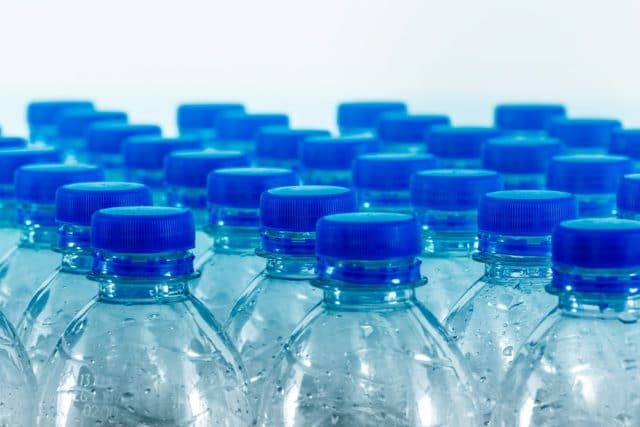
Let’s get one thing straight: bottled water isn’t magic. In fact, that fancy label might just be hiding your local tap water in disguise. About 25% of bottled water is literally just municipal water – filtered, rebranded, and sold back to you at a 3,000% markup.
Here’s the kicker: Coke and Pepsi’s “pure” bottled water? Same story. Their high-tech filtration doesn’t make it healthier – it actually strips out beneficial minerals like calcium and magnesium. That’s right – your bottled water might be less nutritious than what’s coming from your faucet.
Yet Americans chugged 16 billion gallons of the stuff in 2022. The environmental cost? Try 17 million barrels of oil just to make the bottles – and that’s from 2006 data! With consumption skyrocketing, today’s numbers are probably much worse.
The irony? While some communities desperately need clean water access, most of us are paying premium prices for… well, water we already own.
4. Chocolate’s Dirty Secret: Why Your Sweet Treat is a Water Hog
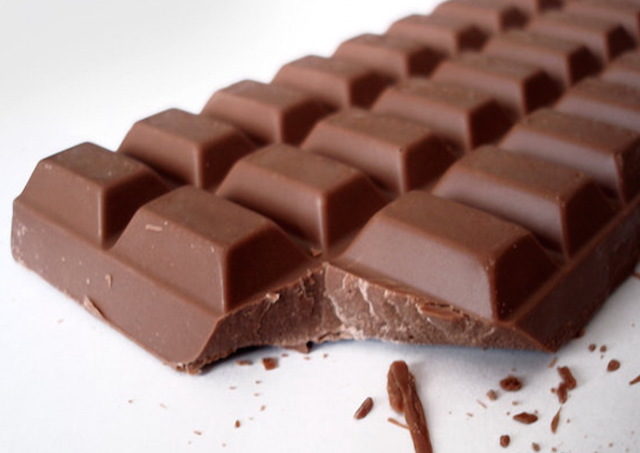
We’ve exposed the water sins of almonds, corn, and even toilet paper – but brace yourself. Chocolate’s hidden water footprint will ruin your sugar rush.
We all know beef is thirsty (1,910 gallons per pound). But chocolate? That innocent bar requires 2,000 gallons per pound – nearly identical to beef! Let’s break it down:
- 1kg of chocolate = 17,196 liters (4,542 gallons)
- 1 standard bar = 528 gallons (enough for 30+ showers!)
Here’s the bitter truth: That Hershey’s kiss you popped without thinking? It carries the same water weight as a quarter-pound hamburger. Suddenly your dessert doesn’t taste so sweet, does it?
The real kicker? Unlike beef, we rarely hear about chocolate’s water crimes. While we debate meat’s impact, our cocoa habit slips under the radar – even though it drains rivers dry.
3. Did You Know Your Dishwasher Is a Secret Water-Saving Hero?
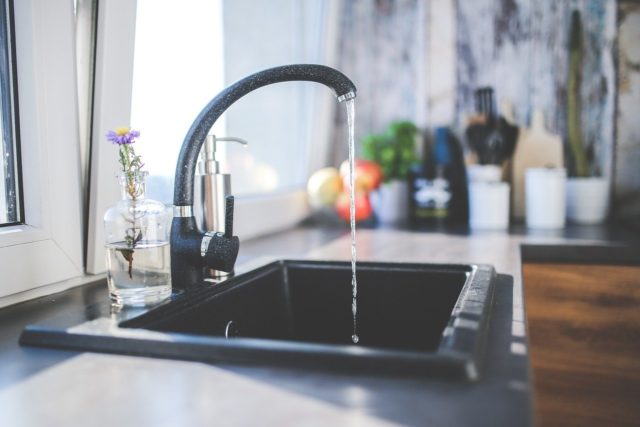
Let’s talk about washing dishes—because even the most mundane chores can hide some surprising facts. You’ve got two main choices: scrubbing by hand or letting a dishwasher do the dirty work. But here’s the kicker—if you care about saving water, that humming appliance is your best friend.
Think about it. When you stand at the sink, sponge in hand, water running, you might be wasting way more than you realize. Handwashing can guzzle up to 20 gallons per load—some estimates even say 27 gallons if you’re not careful! Meanwhile, a decent energy-efficient dishwasher sips just 3 to 4 gallons per cycle. That’s five to seven times less water swirling down the drain.
Now, sure, numbers can vary. If you’re the type who leaves the tap roaring while scrubbing every spoon, your water bill’s crying. But even if you’re frugal with the faucet, a dishwasher—especially a newer model—is almost always the eco-smart winner. Stack it right, wait till it’s full, and over a year, you could save 5,000 gallons. That’s enough to fill a small swimming pool!
2. Starbucks Once Wasted 6 Million Gallons of Water Daily—For No Good Reason

If you already have a bone to pick with Starbucks, here’s another reason to shake your head. Back in 2008, it was uncovered that the coffee giant was wasting a staggering 6 million gallons of water every single day—not because of a leak or some unavoidable issue, but due to a bizarre corporate policy.
At the center of this waste was a sink known as a dipper well, a small basin used by employees to rinse off utensils. Instead of turning the water on and off as needed, Starbucks mandated that these sinks run non-stop in an effort to prevent bacteria buildup. The logic? If the water never stopped flowing, germs wouldn’t have a chance to settle. However, the reality was quite different.
When a UK newspaper caught wind of the situation, they reached out to multiple Starbucks locations for an explanation. What they found was almost comical—many employees had no idea why the sinks were left running, some never even used them, yet the rule remained in place. It was a case of following orders without questioning the environmental impact.
Experts were quick to dismiss Starbucks’ justification, stating that there were plenty of ways to maintain hygiene without needlessly squandering such an astronomical amount of water. Simple sanitation methods, like timed rinses and regular cleaning protocols, could have easily done the job without draining millions of gallons daily.
This revelation sparked public outcry, forcing Starbucks to eventually rethink its wasteful approach. While the company later introduced water-saving initiatives, the fact remains—this was an unnecessary, avoidable waste of resources that went on for years before anyone stepped in to call it out.
1. Cruise Ships Dump Over 150,000 Gallons of Waste into the Ocean Every Day
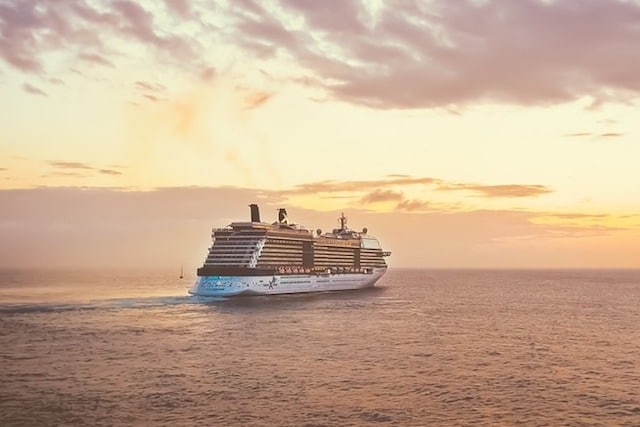
Cruise ships are often seen as floating paradises—offering luxury, adventure, and endless buffets. But beneath the glamour lies a dirty secret: these massive vessels release enormous amounts of waste into the ocean, contributing to pollution on a shocking scale.
A single cruise ship carrying around 3,000 passengers can generate up to 150,000 gallons of raw sewage every week. To put that into perspective, one ship once dumped 74,000 gallons in a single day. While many governments enforce strict regulations against dumping waste near coastlines, the open ocean tells a different story. Once these ships reach international waters, the restrictions vanish, and the sewage—along with other pollutants—gets flushed straight into the sea.
And it’s not just sewage. These floating cities also produce vast quantities of gray water from showers, sinks, and laundry, as well as oily bilge water, which contains a mix of fuel, lubricants, and other contaminants. All of this wastewater ends up in the ocean, impacting marine ecosystems and the creatures that call them home.
While cruise vacations promise relaxation and adventure, the environmental cost is often overlooked. The next time you set sail, consider what happens beneath the waves—because the ocean is paying the price.













